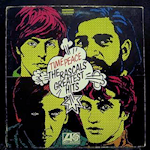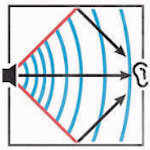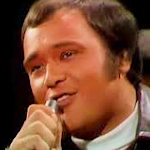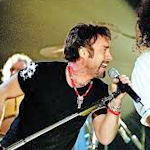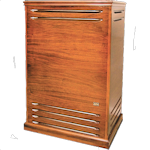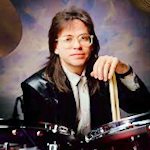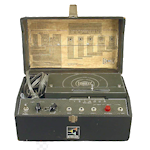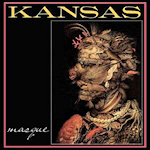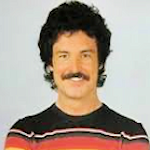
Burton Cummings is a renowned Canadian musician, best known as the lead vocalist and keyboardist for the rock band The Guess Who. His contributions to music have left a significant impact, both as part of the band and as a solo artist. His instantly recognizable voice is heard on dozens of hits from the late 1960s to early 1970s and beyond.
Early Life
Burton Lorne Cummings was born on December 31, 1947, in Winnipeg, Manitoba, Canada. He showed an early interest in music and was influenced by rock 'n' roll and R&B. Cummings was a member of several local bands in Winnipeg during his teenage years, including The Deverons, where he began to develop his distinctive voice and keyboard skills.
The Guess Who
In 1965, Burton Cummings joined The Guess Who, replacing original lead singer Chad Allan. This marked a turning point for the band, leading to their rise in fame. Under Cummings' leadership, The Guess Who produced a string of hits during the late 1960s and early 1970s, including:
- "These Eyes" (1968)
- "Laughing" (1969)
- "Undun" (1969)
- "No Time" (1969)
- "American Woman" (1970)
- "No Sugar Tonight/New Mother Nature" (1970)
- "Share the Land" (1970)
Cummings' powerful voice and songwriting prowess, along with guitarist Randy Bachman's contributions, helped solidify The Guess Who's place in rock history. Their song "American Woman" became particularly iconic, reaching number one on the Billboard Hot 100 and earning the band international acclaim.
...continue reading "Burton Cummings"
